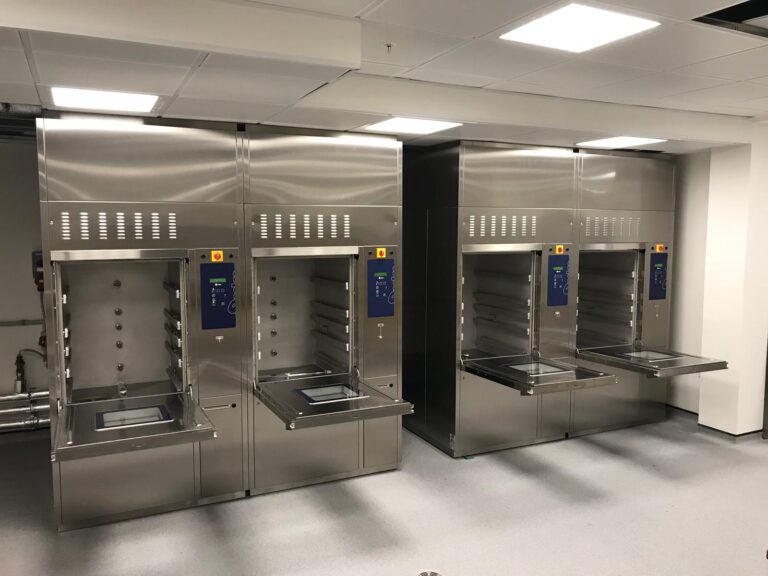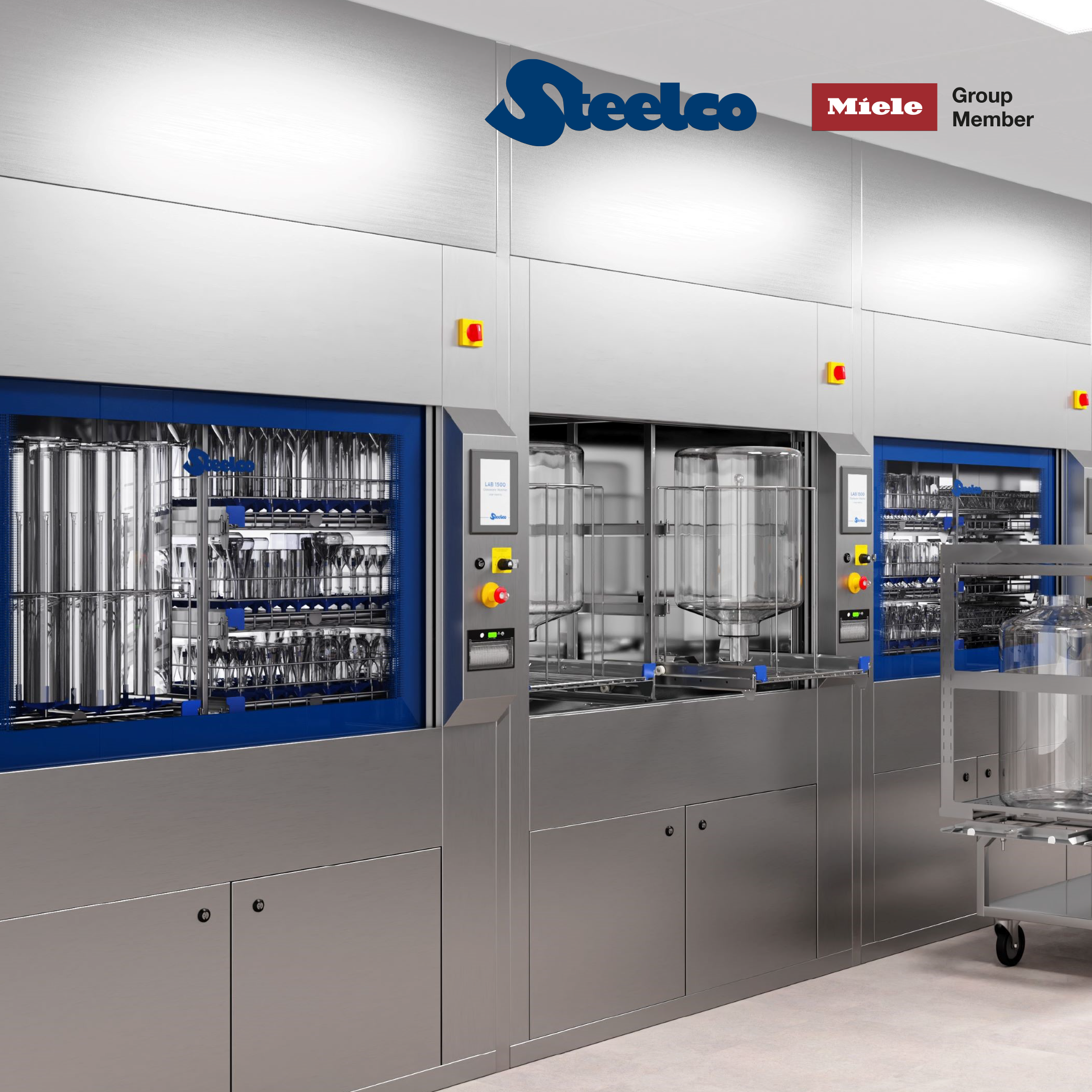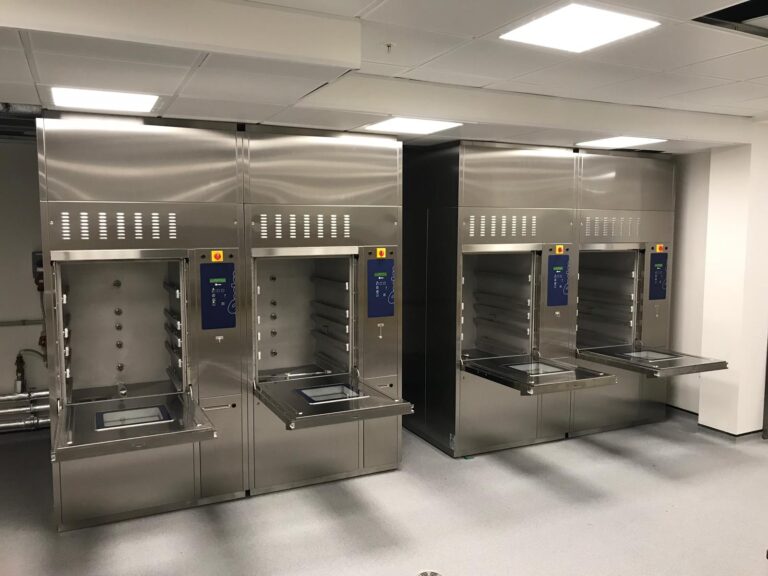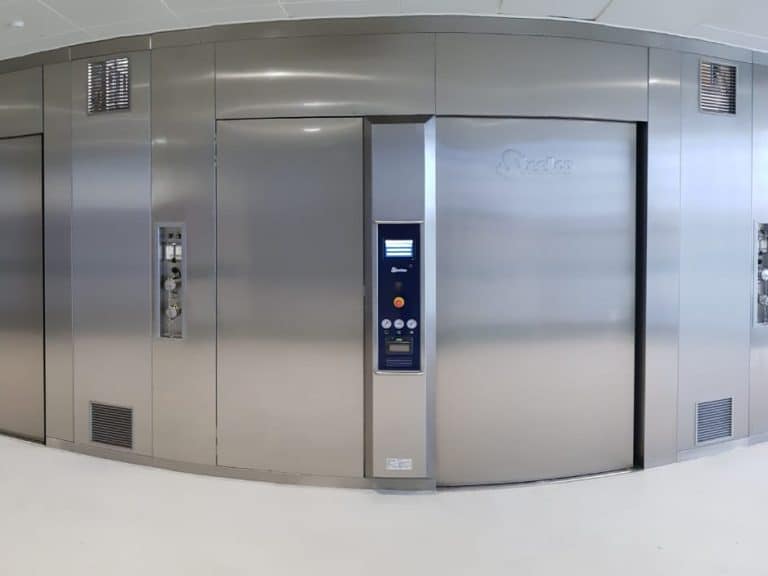At Sychem, we are experts in the process of Sterilisation, and provide an extensive portfolio of products and equipment to carry out the process. No matter the kind of Sterilisation you need, Sychem has the solution.
What is Sterilisation?
According to the Oxford Dictionary, Sterilisation refers to the process of making something free from bacteria or other living microorganisms. Effective sterilisation techniques are essential for maintaining a sterile environment within many industries, such as Healthcare, Laboratory, Life Science and many more.
The process of Sterilisation kills and destroys all types of microorganisms and microbial life, including viruses, bacteria and resistant bacterial spores, using either physical or chemical methods. The process however, is not necessarily effective against prions. As there is no way to detect all organisms on a device, the term sterile can be used when the potential bio-burden (the number of devices on a device) has been significantly reduced, to the point that there is less than a one in a million chance of any surviving. (This can be expressed mathematically as a sterility assurance level (SAL) of 10-6 or 1:1 000 000).
Find out more about the process of Sterilisation.
What methods of Sterilisation are there?
There are many different Sterilisation processes, including Physical, Radiation, Ultrasonic, Steam and Chemical methods. However, the two most common forms of Sterilisation include creating a hot and dry or a hot and wet environment.
• DRY HEAT (Bake/Flame) Leading to Dry Heat Oxidation of the microorganism
• WET HEAT (Steam Steriliser Autoclave) Leading to Steam Coagulation of the microorganisms
The use of a Steam Steriliser in Healthcare has long since been a favourable process for a variety of reasons. Moist heat sterilisation is reliable and effective, and the process variables are well understood and characterised. In addition, this process denatures the proteins present in the microorganisms, facilitating destruction.
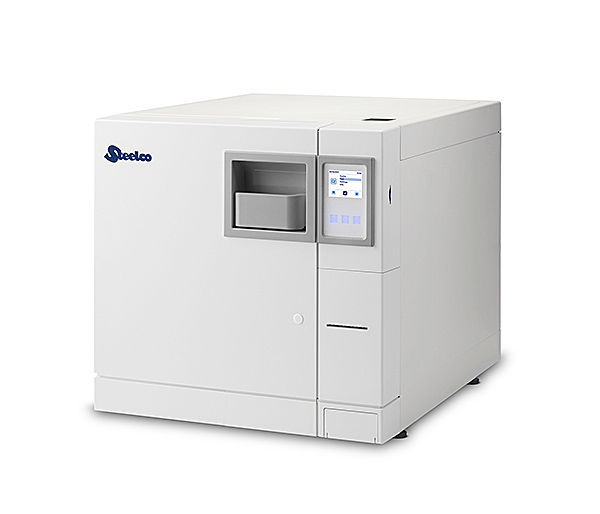
Other Sterilisation options
However, both these forms of Sterilisation can lead to damage of the instrument, especially when dealing with complicated or technologically advanced equipment. Hence, a form of low-temperature Sterilisation is required, such as creating a Plasma-low temperature Chemical reaction. Plasma sterilises via a process called ‘Oxidation’. A chemical reaction is created in which all microorganisms are deactivated. One type of plasma is called Hydrogen Peroxide.
There are many advantages to using Hydrogen Peroxide as a Sterilisation method. Some of these include:
• No chemical residues
• Safe to handle
• Environmentally safe
• Short Aeration time
Ethylene Oxide Chemical reaction
Ethylene Oxide is a toxic gas that leaves no residue on items it contacts. Therefore, ethylene oxide is used as a surface disinfectant in hospitals and the medical equipment industry to replace steam in the Sterilisation of heat-sensitive tools and equipment, such as disposable plastic syringes.
Our Sterilisation Equipment
At Sychem, we provide a vast range of autoclaves from leading Italian manufacturer Steelco. All are designed for use in healthcare settings, life sciences, laboratories, veterinary practices, pharmaceuticals, dental clinics, and pathology departments.
Together with Steelco, we can offer a full range of small to high-capacity autoclaves to create the perfect solution for any central sterilisation services department or research laboratory. All solutions can be customised to suit your needs and desired application with a range of options such as; eco saving water options, door specifications and tailored left or right-handed loading sides to complement your facilities layout.
Find out more about our diverse range of Steam Sterilising Autoclaves or visit the Steelco website to view their complete portfolio of Sterilisers.
If you have any questions or would like to find out more information about our Steam Sterilisers, enquire now or contact one of our experts on 0845 644 6824









